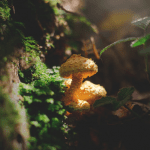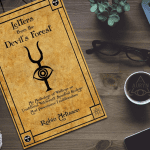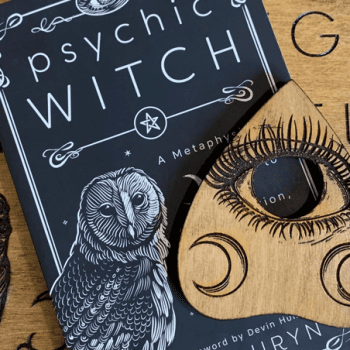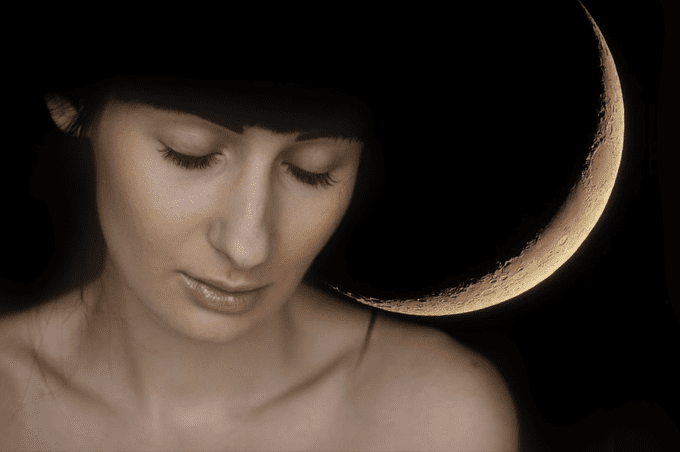
Dreams have played a universal important role in all major religions and shamanic practices throughout time and witchcraft is not an exception. Dreams have played the role of allowing spirits, gods, and angels to come forward to provide revelations as well as journeys to other realms of reality. In Ancient Greece and Ancient Rome, there were temples erected purely for the purposes of receiving answers and healing from the gods or receiving them in special natural places like caves or in a special chamber room within temples. These practices were also known in Ancient Egypt, Assyria, Mesopotamia, and China. We also see parallel practices in Indigenous tribes such as that of the Ojibwa and in certain Islamic traditions. 1
This practice is commonly known as “dream incubation”, and the most famous being the temples to the Greek God Asclepius, son of Apollo. The setting of an intention, the petitioning of a deity, and then receiving that dream can be seen as a form of lucid dreaming – where one is intentionally setting a goal to be experienced within the dream. The goddess Diana (and her Greek counterpart Artemis) have a long history of dreams as well. A reproduction of the statue of Artemis of Ephesus was erected in Massilia after Artemis appeared in a dream to a woman named Aristarkha, who was then appointed as a priestess of Artemis. 2 Another tale speaks of how the Acragas ruler Phintas had a dream that he killed a wild boar while hunting and took this as a message that he had to appease Artemis by creating coins with her head on one side and the wild boar on the other.3 Artemis in various conflations with Hekate, Selene, and Erishkigal were also petitioned in the Greek Magical Papyri to induce specific dreams, often that of revelations and prophetic dreams, just as in dream incubation. 4
In the Middle Ages, we have a lot of accounts of Italian witches flying to The Game of Benevento, which has been compared to the more popular concept of the Witch’s Sabbath which other witches claimed and were accused of flying to in other European countries. The Italian Witches would travel to the Tree of Benevento with Diana and Herodias (Aradia) while in a dream-like state. 5 Authorities of the time would disagree on whether this literally happened or whether it was a delusional dream brought on by the Devil. 6
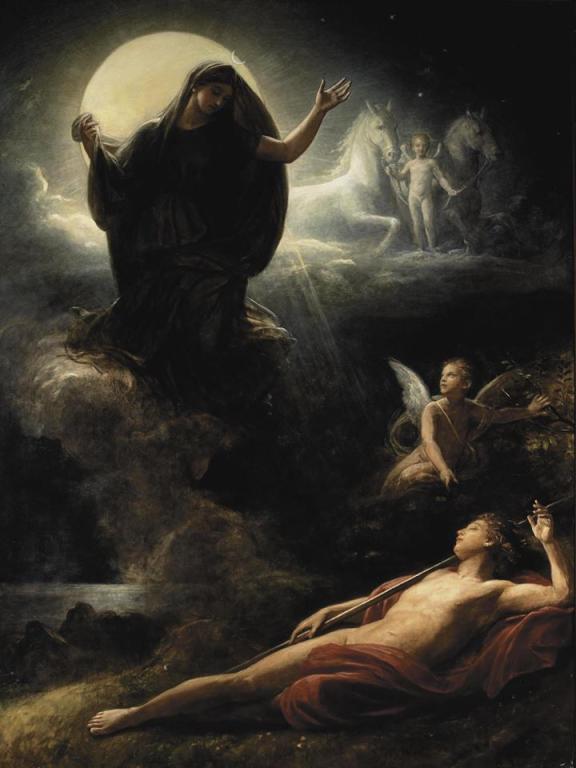
Andrew Chumbley, former Magister of the Cultus Sabbati tradition of witchcraft believed that this was indeed a lucid dream or astral experience connected to the Lady Moon, stating that “the astral or dream convocation of magical ritualist’s souls, animal selves and a vast array of spirits, faeries, and Otherworldly beings. It is considered that the location of the Sabbath is at the crossroads of waking, sleeping and dreaming, that is the state of True Dreaming – the realm in which the Lady Moon, the nocturnal sun, illumines a world beyond the reach of the uninitiated.” 7 This state of consciousness, this crossroads of waking, sleeping, and dreaming – is the exact hypnagogic state in which lucid dreaming is achieved.
Witches would rub themselves with a flying ointment (Unguenti Sabbati), which creates the conditions of astral projection and lucid dreaming; paralysis of the body (which occurs naturally while asleep), stimulation of the conscious mind as awake, and psychedelic lucidity. Michael Howard, writes about how the supposed ingredients of the Unguenti Sabbati were associated with Greek lunar and underworld goddesses linked with Diana such as Hekate, and Persephone, as well as the triple-headed Cerebus, who is also linked to Hekate. “The botanical elements in the flying ointment include a number of psychoactive plants known for both their occult symbolism and narcotic properties. Aconite is sacred to the Greek goddess of the underworld, witchcraft and sorcery, Hecate. It is said to have originated from the saliva of the three-headed dog Cerebus who guards the gates to Hades. Cinquefoil was a plant used by medieval magicians to increase the powers of communication and induce dreams. Parsley was used in scrying and was sacred to the Greek underworld goddess Persephone. Henbane was regarded in folklore as a plant of death and magically was used to evoke spirits. Mandrake is a renowned magical plant surrounded by legends and is said to increase psychic perception.” 8
A common spell recounted by many accused witches during the witch trials was:
“Unguent, unguent,
Carry me to the walnut tree of Benevento,
Above the water and above the wind,
And above all other bad weather.” 9
We see clear links between this Diana and the Diana of Aradia or The Gospel of the Witches, in which Aradia instructs her witches:
“When I shall have departed from this world,
Whenever ye have need of anything,
Once in the month, and when the moon is full,
Ye shall assemble in some desert place,
Or in a forest all together join
To adore the potent spirit of your queen,
My mother, great Diana. She who fain
Would learn all sorcery yet has not won
Its deepest secrets, them my mother will
Teach her, in truth all things as yet unknown.
And ye shall all be freed from slavery,
And so ye shall be free in everything;
And as the sign that ye are truly free,
Ye shall be naked in your rites, both men
And women also: this shall last until
The last of your oppressors shall be dead;
And ye shall make the game of Benevento,
Extinguishing the lights, and after that
Shall hold your supper thus.”10
The Diana of Aradia has been compared to Hekate, as there’s lots of similar roles between them and some clear blurring or synchronization of the two. There’s the feasts, the goddess of witchcraft, the lunar goddess qualities, the connection of both as Faery Queen, and so on. Sorita d’Este writes that, “Another major theme which needs investigating further within the context of Diana as the faerie queen is her association with witchcraft and sorcery. An examination of the history of the Roman Diana shows that she has close associations with the Hellenic goddesses Hekate and Artemis. Hekate in particular has a very long history of being associated with witchcraft and sorcery, as well as with the spirits of the dead and practices such as necromancy. Furthermore, as early as the fifth century BCE the goddess Hekate was conflated with the virgin huntress Artemis, who in turn is considered to be the Greek Diana. The histories, myths and cults of these three goddesses are at times exceedingly tangled and so it is a tangible argument that Hekate’s magic would become that of Diana.”11 But it seems that the exchange of attributes between the goddesses went both ways. “The continuous association of Diana with witchcraft, and the conflation of Diana with Hekate most likely contributed to some of the associations Hekate has with witchcraft today.” 12
Footnotes
- McNamara Ph.D., Patrick & Barrett, Deirdre. Encyclopedia of Sleep and Dreams: The Evolution, Function, Nature, and Mysteries of Slumber
- d’Este, Sorita. Artemis : Virgin Goddess of the Sun, Moon & Hunt
- ibid.
- d’Este, Sorita. Hekate Liminal Rites
- Ginzburg, Carlo. The Night Battles: Witchcraft and Agrarian Cults in the Sixteenth and Seventeenth Centuries
- Russell, Burton Jeffrey. Witchcraft in the Middle Ages
- Chumbley, Andrew. Opuscula Magica Volume II
- Howard, Michael. By Moonlight & Spirit Flight
- Wikipedia. “Witches of Benevento”
- Leland, Charles Godfrey. Aradia or The Gospel of the Witches
- d’Este, Sorita. The Faerie Queens
- d’Este, Sorita. Circle For Hekate
Connect With Me
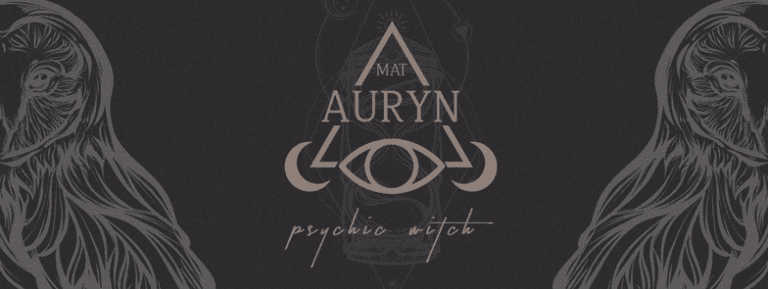
Website | Tarot Readings | Facebook | Twitter | Instagram | Tumblr | Mailing List

